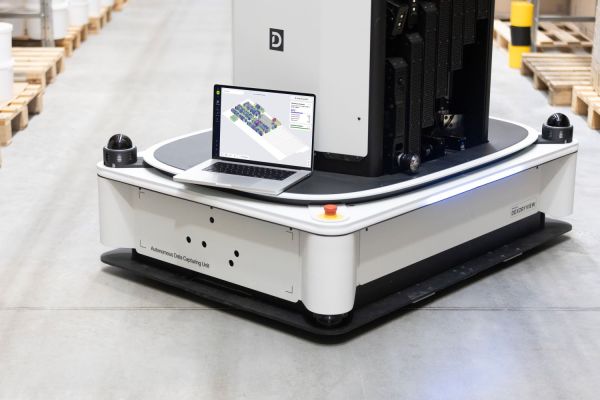Success story at Telefónica Germany
Like many other companies, Telefónica Germany has built system structures over the decades, that can no longer meet these customer expectations. To adapt to the new circumstances and grow as a company, the largest business transformation program to date was launched, in which we are replacing these outgrown system structures with a state-of-the-art, flexible, cloud-based network and IT landscape.
As product managers for the consumer business (B2C), my colleagues and I ensure that we have the right tools and system to be well positioned in the digital world.
First, I derived the following vision for the product management of the future from the business transformation program’s goals.
Our objectives
Vision
We need flexible, agile and future-proof tariff-and option-structures for all current and future product areas, which fulfill all legal and regulatory requirements and enable Telefónica to bring products to market significantly faster at lower cost.
To make it more concrete, I thought about what a product manager needs to meet these criteria.
It starts with a simple, modern user interface for product configuration such as drag & drop, LLM-based chat dialog, spatial computing application etc., which can also be operated by experts from the business environment without programming knowledge or similar abilities.
Since most products are based on standards and significantly fewer real, new features are added, there must be pre-configured standard templates (for this), which can be individually adapted and multiplied as desired by copy & paste.
Once the desired individual offers or portfolios have been configured in this simple and flexible way, they should go through the following fully automatic, digital processes:
Testing
Virtual customer checks whether the output in the front-end channels matches the configured input from the product configuration tool.
Documentation
All created products should be fully automatically documented.
Product-based customer communication
According to the configuration, all standard communication templates (e.g. contract documents, price list, price information by SMS, info SMS for data throttling…) should be created.
Automatic trigger for supplementing standard reports
The internal standard reports, accounting information, etc should be automatically extended by the new products.
Error report
All errors that occurred during these automatic processes should be documented in an easily evaluable error report in order to subsequently fix them manually and, if necessary, improve the automatic processes accordingly.
To put as much as possible from this vision into reality, I have set myself the following 7 mission goals for working in our transformation program.
Mission goals for working
Flexibility
In order to be able to continue to operate successfully in the dynamic market, in which we are also increasingly experiencing competition from the fast, flexible and influential digital players, the future tariff and option structures must be as flexible as possible.
The structures must be able to map all of our current product categories, combinations of these, and every conceivable new business models or product areas, and if possible only through rapid configuration and flexible combination of multiple-use objects.
Speed
In addition to flexibility, high speed is required above all in the digital universe. This applies not only to the time it takes to get a product from the initial idea to the market, but also to all processes, communication, and workflows. The tariff and option structures must also be designed with corresponding efficiency. In addition, the eSIM must be 100% integrated.
Centralization
In order to be able to act quickly as a product manager and at the same time have full control and transparency over the product data, it must be stored and administrable centrally in the product catalog either by itself or with a unique reference. This data is also the source for any kind of product information/data in customer communication.
Scaling
The structure must be designed to scale easily and quickly, dynamically into any dimension – from one customer to millions of customers, from one basic logic tariff to an entire tariff portfolio, from one brand to any number of brands, from one sales agent to all sales channels …
Automation
In order to be able to focus on the essential and creative as a product manager, all processes and workflows that can be automated (as far as possible), such as standard testing, product-related communication (e.g. price lists, service description, footnotes …), documentation, adaptation standard reporting, archiving … must be automated.
Open Standards
To be able to expand the structure at any time, integrate new partners and build digital marketplaces, etc., and to be as independent as possible from specific suppliers and partners, the structure must be based on standards such as the TMF/SID datamodel, and extensible standard interfaces must be used.
Documentation & Reporting
In order to be able to communicate transparently and unambiguously at all times and to meet legal and regulatory requirements in a future-proof manner, all product information/data must be automatically documented, reported accordingly, and also archived in the event of changes. At the same time, it must be ensured that the product catalog is also the central source of all product/service-relevant data and information. No parallel databases are to be set up. In addition, care should be taken to ensure data economy and consistency; for example, product groupings introduced in the product catalog (e.g., data-only tariffs vs. smartphone tariffs) should be used consistently (no separate product groupings for e.g., finance and reporting departements unless necessary).












